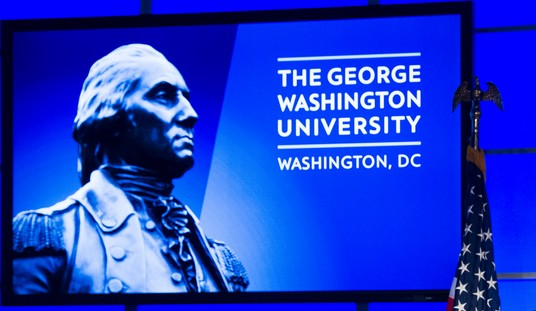Few people are as qualified to review Zev Chafets’ recent biography of Roger Ailes as former media mogul Conrad Black, who pens a lengthy review of Chafets’ book for the New Criterion. Great observation here:
One of the few disappointments in this book is that it didn’t go a little further in explaining how the alternate media to the uniform leftward slant of the Edward R. Murrow–Walter Cronkite–Chris Matthews–New York Times media developed. Ailes’s role in the launch and success of Fox News, the supreme and triumphant enemy of the old national liberal media machine, is thoroughly recounted, but the reason why the stale liberal monopoly became so vulnerable is not, other than the rather superficial treatment of Watergate. It is now clear that when cant and emotionalism had subsided after that rending controversy, vast segments of the American public had grave misgivings that a distinguished administration had been destroyed for insufficient reason. As a consequence, the entire American effort in Southeast Asia was squandered, with the resulting deaths of millions of non-Communist Vietnamese and Cambodians. And, to magnify the backlash, the authors of the bloodless assassination of the Nixon administration (though it must be said that Nixon’s own foibles greatly assisted the work of his enemies) have never ceased to shower themselves with professional awards and clubby commendations.
This is a topic worthy of a book in and of itself. There have been great histories of how the New Left devoured the elderly remnants of FDR through LBJ-era liberals in the 1960s, such as the first volume of Steve Hayward’s The Age of Reagan, James Piereson’s Camelot and the Cultural Revolution, and of course, Jonah Goldberg’s Liberal Fascism. But it would be fascinating to read about the transformation from the point of view of the ’60s-era news media. Alan Brinkley’s 2010 biography of Henry Luce had an opportunity to explain how Time magazine began in the 1920s as a the product of the son of Christian missionaries and ended up here…

…But by the time this 1966 cover appeared, if I’m remembering the details of Brinkley’s biography correctly, Luce was largely removed from the day to day operation of his publishing empire and would die the following year. David Gelernter’s recent America-Lite also does a good of exploring what strange flavors of Kool-Aid (electric and otherwise) were poured into the left’s water during that period, but it’s largely focused on academia, not journalism. When David Halberstam died in a car accident in 2007, Roger Kimball (the publisher of the New Criterion and my fellow PJM columnist) wrote a fascinating obit focusing on how Halberstam’s worldview shifted nihilistically leftward in the mid-1960s; it would be great to read something extending that look to the rest of the MSM.
(If there’s any book out that there that fits the bill already, let me know in the comments.)
Oh and by the way, as Black notes the passage quoted, Americans had second thoughts about the left’s persecution of Richard Nixon — including growing members of the left, who now see him, correctly, as a fellow liberal. Orrin Judd adds a Salon contributor to the latest member of a growing group of leftists that includes the New York Times’ Paul Krugman and Tom Wicker, Bill Clinton/Mike Bloomberg aide Douglas E. Schoen, and the late Roger Ebert.
For recent interview with Zev Chafets about his biography of Ailes, click here to listen.









Join the conversation as a VIP Member